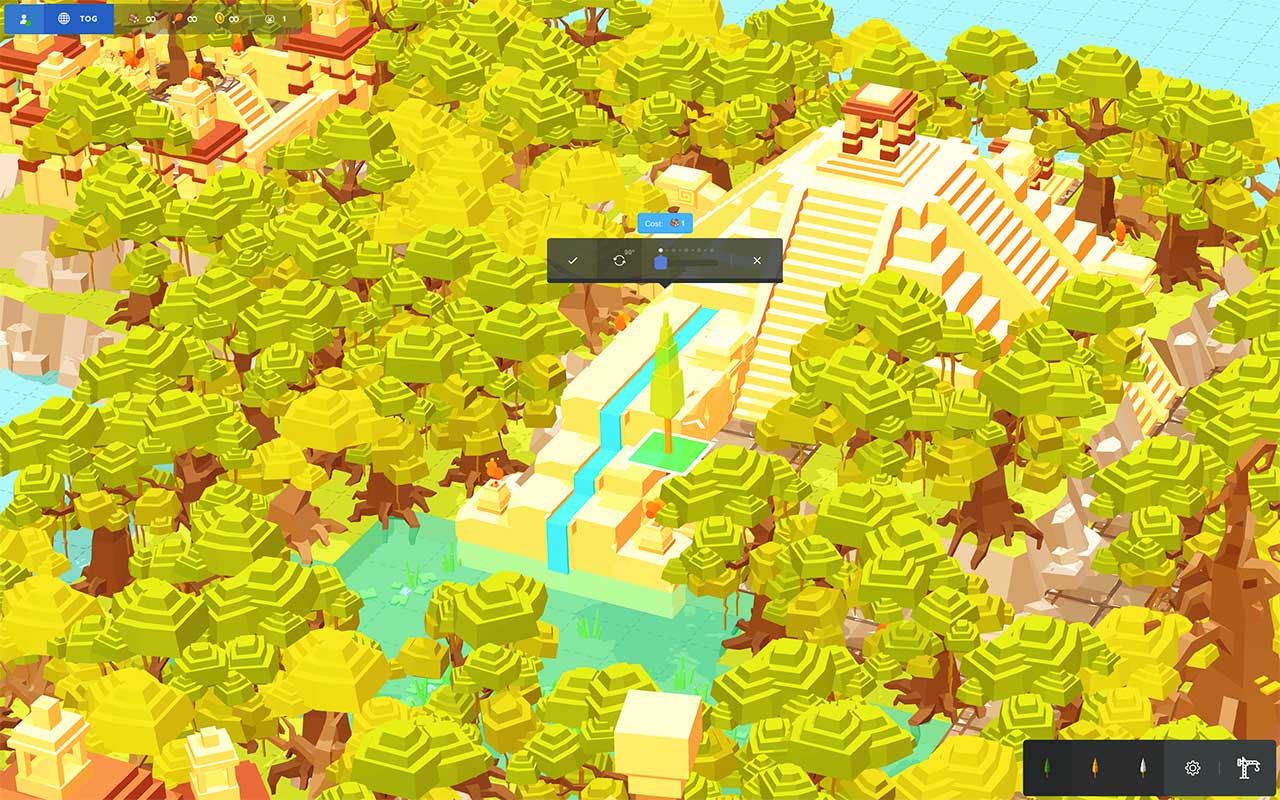

Assemble your structure using Kreg Pocket-Hole Screws.


If you’re using really big panels, the Pocket-Hole Jig 520PRO can easily be positioned on the panel.Ĥ. The material support wings on the Kreg Docking Station (included with the Pocket-Hole Jig 720PRO, and available for the Pocket-Hole Jig 520PRO), offer great support for large and long pieces while you drill. Place holes about 1-2″ from each end of the board or panel, and then every 6″ or so in between. Set up your Kreg Pocket-Hole Jig to match your material thickness, and then drill the pocket holes. If the inside will show and the outside is hidden, such as on most kitchen cabinets, you can place the pocket holes on outside faces.ģ. If the outside of your box will show, like on an entertainment center, you’ll want the pocket holes on the inside faces. Determine where you want to drill your pocket holes. Plywood is great for larger structures.Ģ. Smaller structures can be built from solid-wood. Figure out the dimensions of the “box” you need to create, and then cut the pieces to size. So, building boxes is something you’ll definitely want to know how to do.ġ. Kitchen cabinets, bookcases, closet and garage organizers, bathroom vanities, entertainment centers, and so many more things are basically boxes that then get dressed up or embellished in some way. You’ll realize that many things have boxes at their core. You might think “cool, but I don’t really need to build a lot of boxes,” but think about it a little more. If you’re using hardwood edging, choose fine-thread screws.īy joining boards or plywood panels together at 90° angles, you can easily build boxes of almost any size and shape. If your edging is softwood, use coarse-thread screws. If you’re using 1/2″-wide edging, choose 1″ screws, instead. For 3/4″ plywood and edging that’s at least 3/4″ wide, use 1 1/4″ screws. Drive in pocket-hole screws to secure the edging. You can sand to bring the faces flush, if needed.ĥ. So, make sure you align the faces that will show. Note that plywood is almost always thinner than solid wood of the same stated thickness. For the most seamless transition from the plywood to the solid wood, spread a thin layer of wood glue along the edge of the plywood.Ĥ. Drill pocket holes in the plywood along the edge(s) where you wish to add solid wood.ģ. The minimum width you’ll want to use is 1/2″, as that’s the narrowest width that will accept a pocket-hole screw.Ģ. Or you can rip edging to any width you want using the Adaptive Cutting System. You can make your solid-wood edging as wide as you want, and you can easily use dimensional boards. Cut your edging piece(s) to length, and to width if necessary. With pocket-hole joinery, you can cover those edges using solid wood with an edge banding joint.ġ. Plywood is a great material for project building but, in many cases, you won’t want to see the ply edges.


 0 kommentar(er)
0 kommentar(er)
